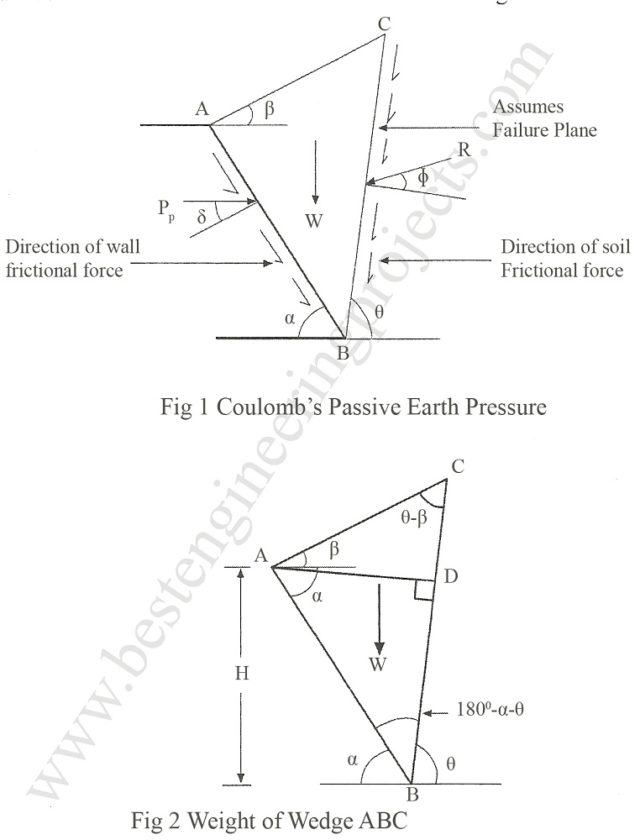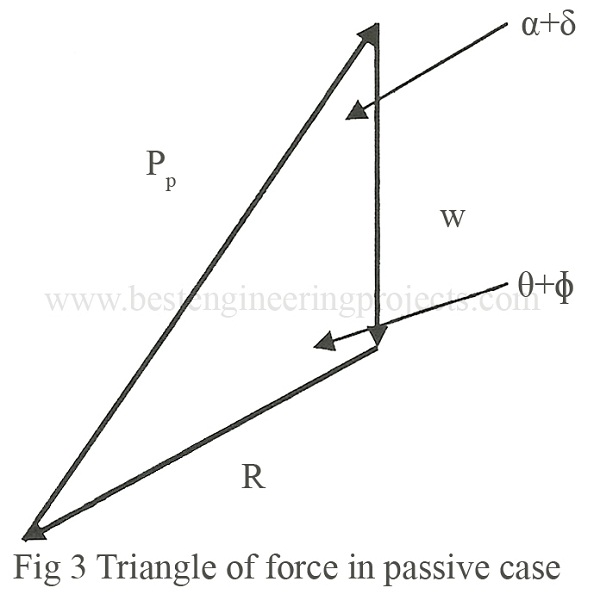Figure 1 below shows the cross section of a retaining wall.
Weight of Wedge ABC
From Triangle ABC,
Area of Triangle ABC =
Therefore: –
Again,
Area of
Triangle of Forces for W, Pp and R
From the sine rule,
Substituting the value of W from the equation (3.34) into (3.35) we get,
In order to get the maximum value of Pp,
Where,
Note:
When, (leveled backfilled),
(no wall friction) and
(vertical interface between wall and backfill), then,
. The point of application of Pp is at a distance of H/3 above the base of the wall.

